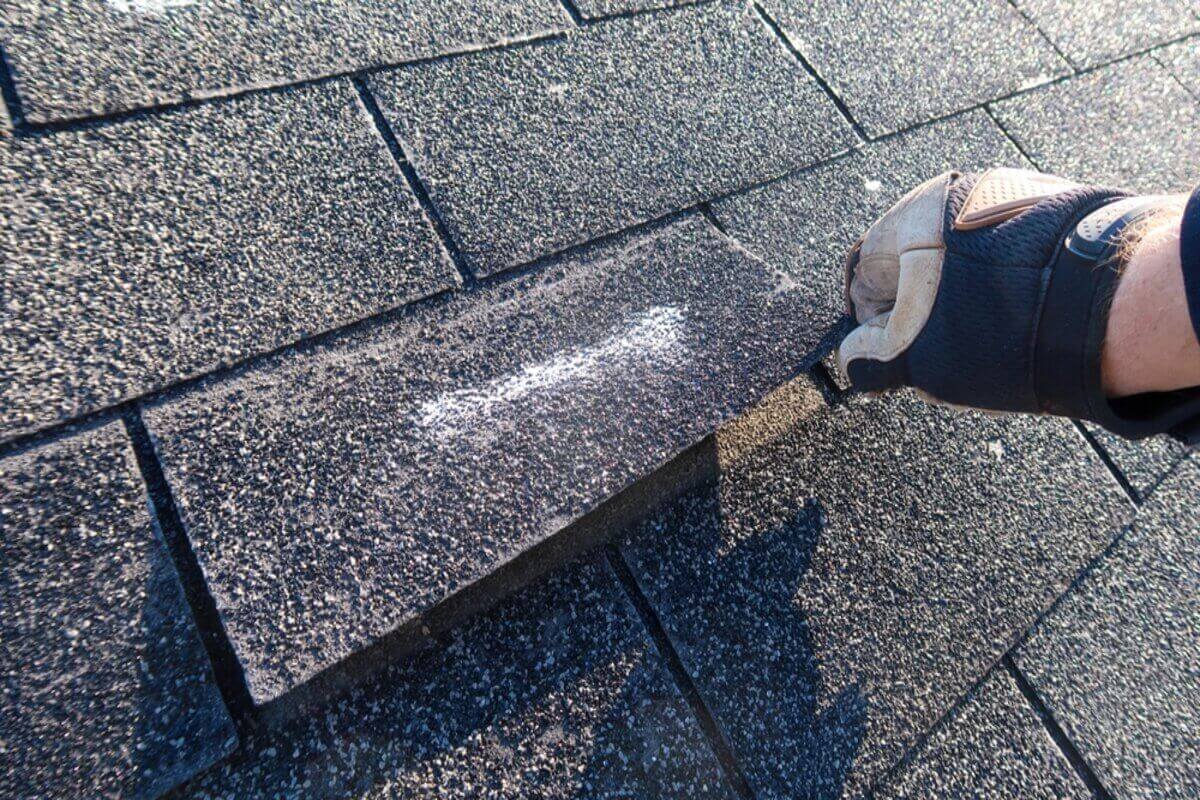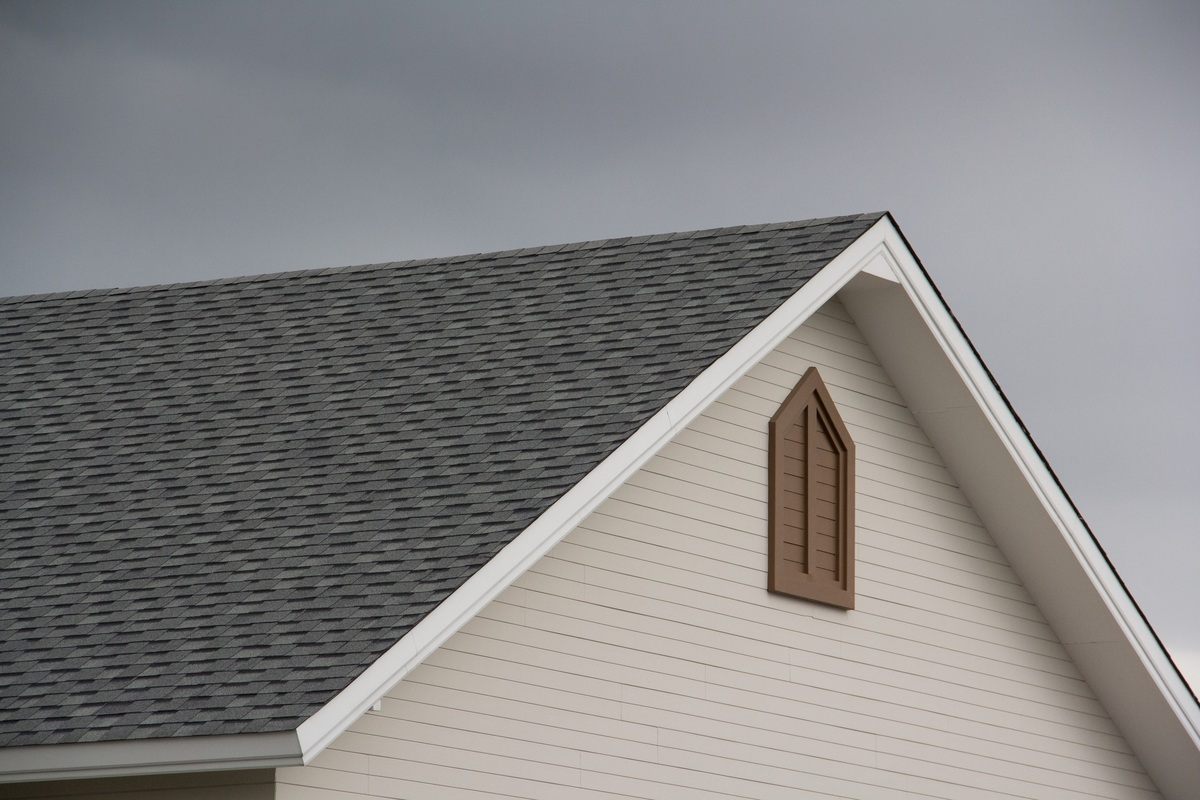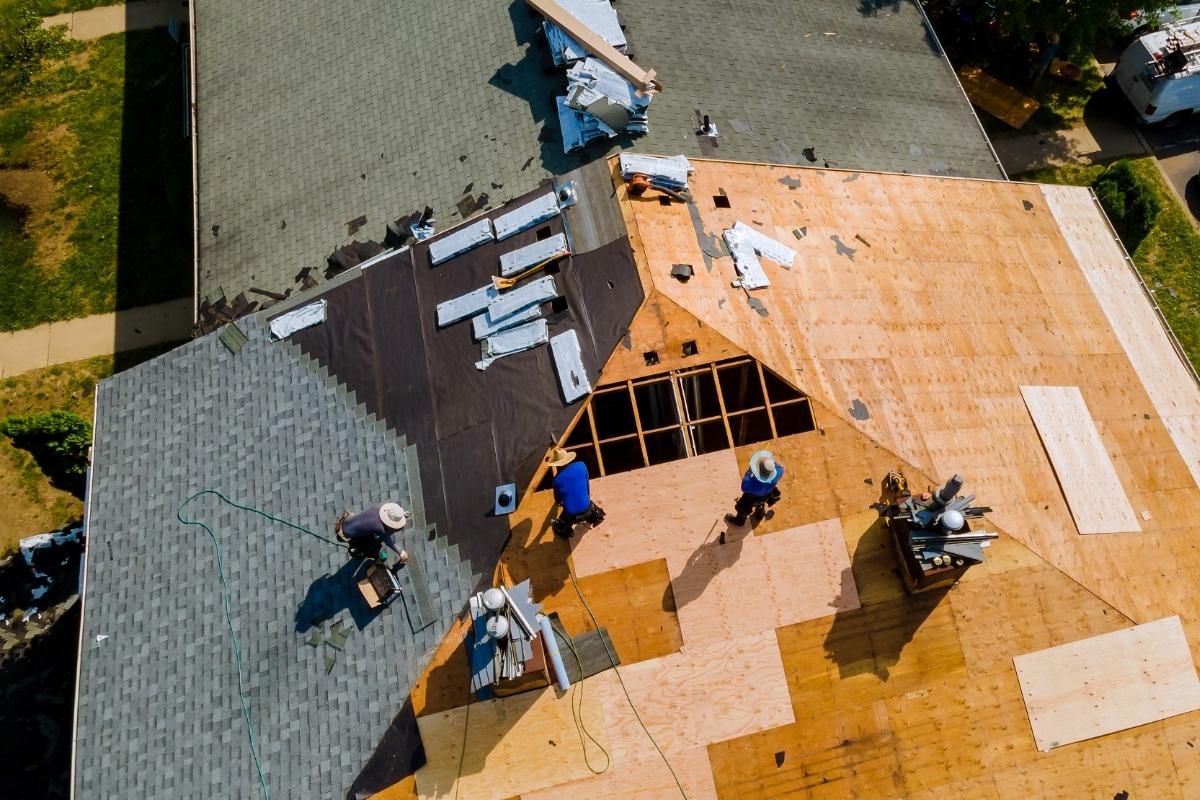Your roof is one of the most crucial parts of your home, protecting you and your family from the elements. But have you ever noticed that some shingles start to curl and cup over time? Understanding why this happens and what it means for your roof can help you prevent costly repairs and maintain the integrity of your home.
What Does “Cupping” and “Curling” Shingles Mean?
Shingle cupping and curling are terms used to describe the way shingles deform over time. When shingles cup, their edges turn upward, creating a concave shape. Curling, on the other hand, occurs when the edges of the shingles lift away from the roof’s surface, sometimes resembling a wave. These issues are often signs that your roof is aging or that there are underlying problems that need to be addressed.
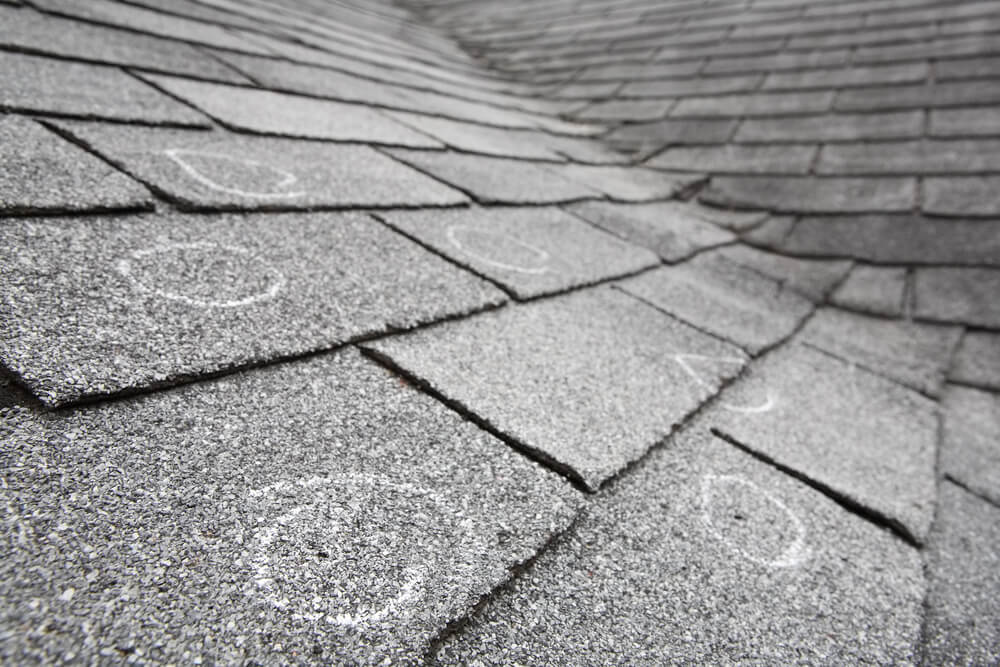
Why Does it Happen?
There are several reasons why shingles might cup or curl, ranging from natural wear and tear to more severe issues like poor installation or ventilation. It’s important to identify the root cause to determine the best course of action.
Common Causes of Shingles Cupping and Curling
Aging Roofs
Asphalt shingles, the most common type of roofing material, typically have a lifespan of 20 to 30 years. Over time, exposure to the sun’s ultraviolet (UV) rays can cause the asphalt to deteriorate. This degradation can lead to the shingles losing their flexibility and eventually cupping or curling. If your roof is nearing the end of its expected life, these signs might indicate that it’s time to consider a replacement.
Poor Ventilation
Proper attic ventilation is crucial for maintaining the health of your roof. Without adequate ventilation, heat and moisture can build up under the roof, leading to a range of problems, including shingle deformation. Excessive heat can cause the shingles to dry out and become brittle, while moisture can lead to mold and mildew growth, further compromising the integrity of the shingles.
Improper Installation
The way shingles are installed plays a significant role in their longevity and performance. If shingles are not nailed down correctly or if there are too few nails, they can easily lift and start to curl. Additionally, if the shingles are not aligned properly, water can seep underneath, causing the shingles to warp and lose their shape.
Water Damage
Water is one of the most destructive forces for any roofing material. If your roof has poor drainage or if there are leaks, water can penetrate the shingles and the underlying layers, leading to swelling and distortion. Over time, this water damage can cause the shingles to cup and curl, as well as other structural issues within your roof.
The Consequences of Cupping and Curling Shingles
Reduced Protection
The primary function of your roof is to protect your home from the elements. When shingles start to cup and curl, they create gaps that can allow water, snow, and debris to enter your roof system. This reduces the overall effectiveness of your roof and can lead to leaks and water damage inside your home.
Increased Energy Costs
Cupping and curling shingles can also affect your home’s energy efficiency. Damaged shingles do not provide the same level of insulation, allowing heat to escape in the winter and enter in the summer. This can result in higher energy bills as your heating and cooling systems work harder to maintain a comfortable indoor temperature.
Decreased Curb Appeal
Your roof is one of the most visible parts of your home, and damaged shingles can significantly impact its appearance. Cupping and curling shingles give your roof a worn-out and neglected look, which can decrease your home’s curb appeal and potentially lower its resale value.
How to Address and Prevent Shingle Deformation
Regular Inspections and Maintenance
One of the best ways to prevent shingles from cupping and curling is to perform regular roof inspections and maintenance. Look for signs of damage, such as lifted or cracked shingles, and address any issues promptly. Cleaning your roof to remove debris and checking for proper drainage can also help maintain the health of your shingles. Ensuring Proper Ventilation Improving your attic ventilation can significantly reduce the risk of shingle deformation. Make sure that your attic has sufficient intake and exhaust vents to allow for proper air circulation. This can help regulate temperature and moisture levels, extending the life of your shingles.
Professional Installation and Repairs
When installing a new roof or making repairs, it’s essential to hire a professional roofing contractor. Proper installation techniques and the use of high-quality materials can make a significant difference in the longevity and performance of your roof. Ensure that your contractor follows manufacturer guidelines and building codes to avoid future problems.
Timely Roof Replacement
If your roof is old and showing signs of significant wear, it might be time to consider a replacement. While this can be a substantial investment, it’s important for the safety and efficiency of your home. A new roof can provide better protection, improve energy efficiency, and enhance your home’s appearance.
Conclusion
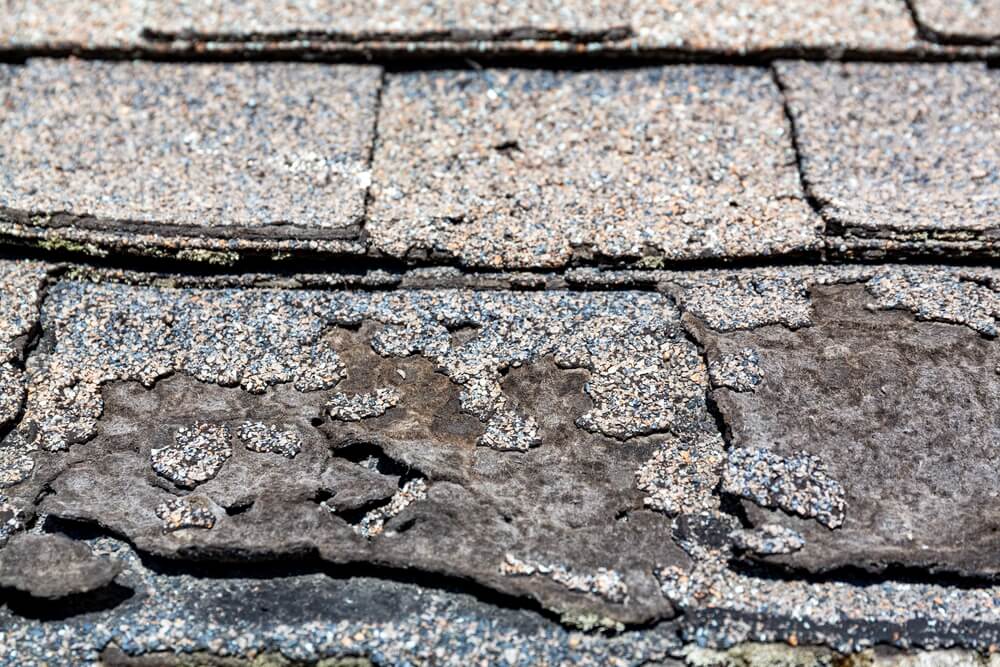
Understanding why shingles cup and curl, and what it means for your roof, is crucial for maintaining the health and integrity of your home. By recognizing the causes and consequences of shingle deformation, you can take proactive steps to prevent damage and extend the life of your roof. Regular maintenance, proper ventilation, and professional installation are key factors in ensuring your roof remains in good condition for years to come. If you notice any signs of shingle damage or need professional advice, don’t hesitate to contact DryTech Exteriors today for a thorough inspection and expert guidance.
